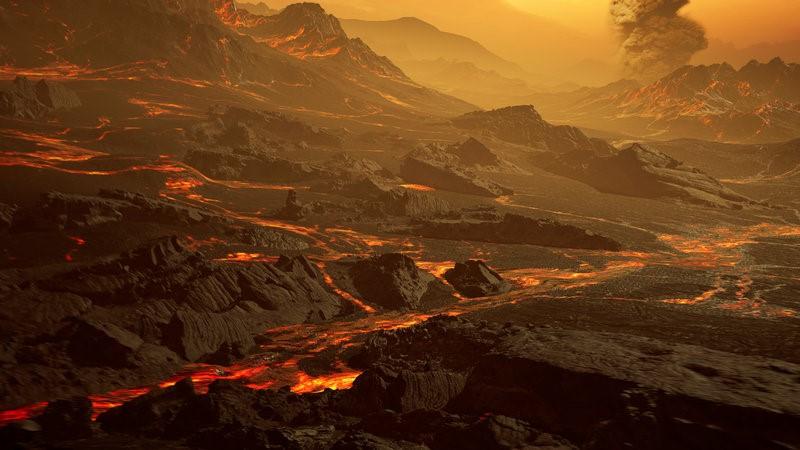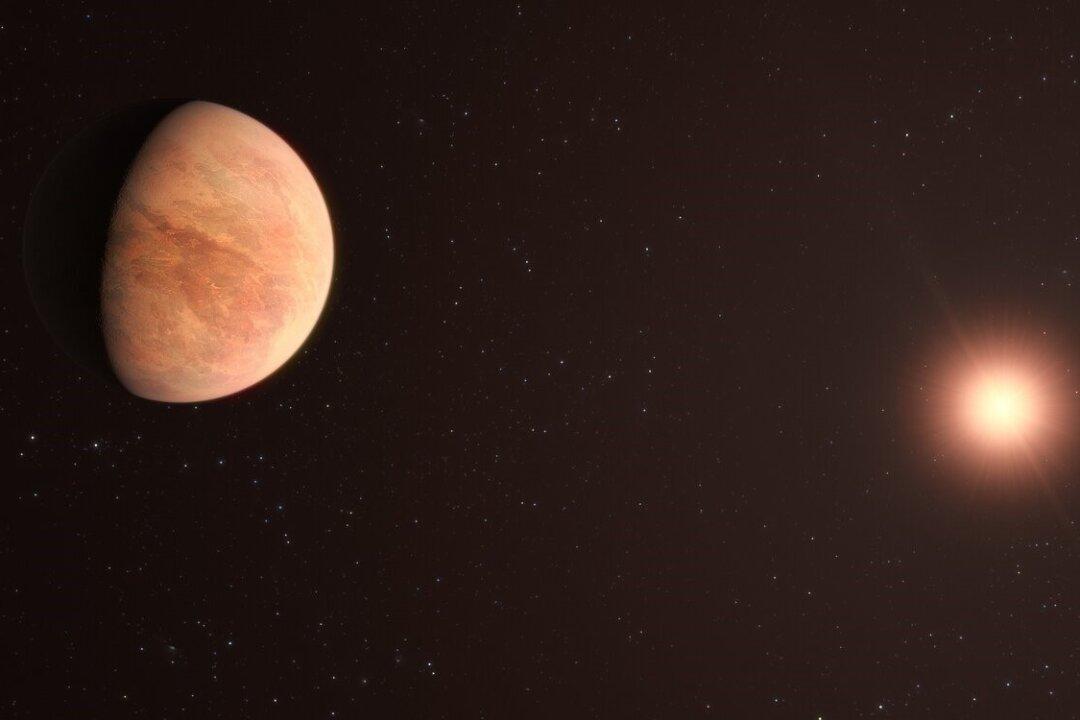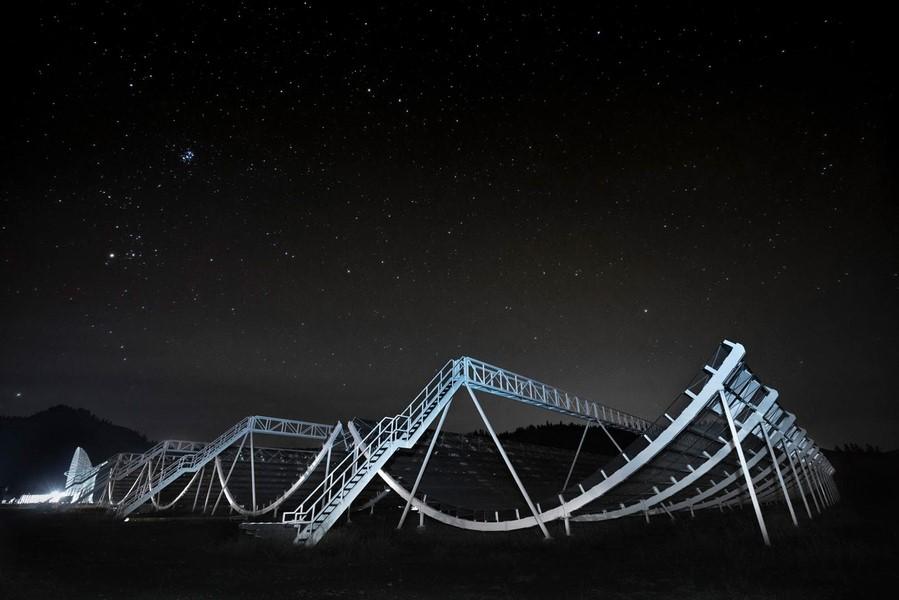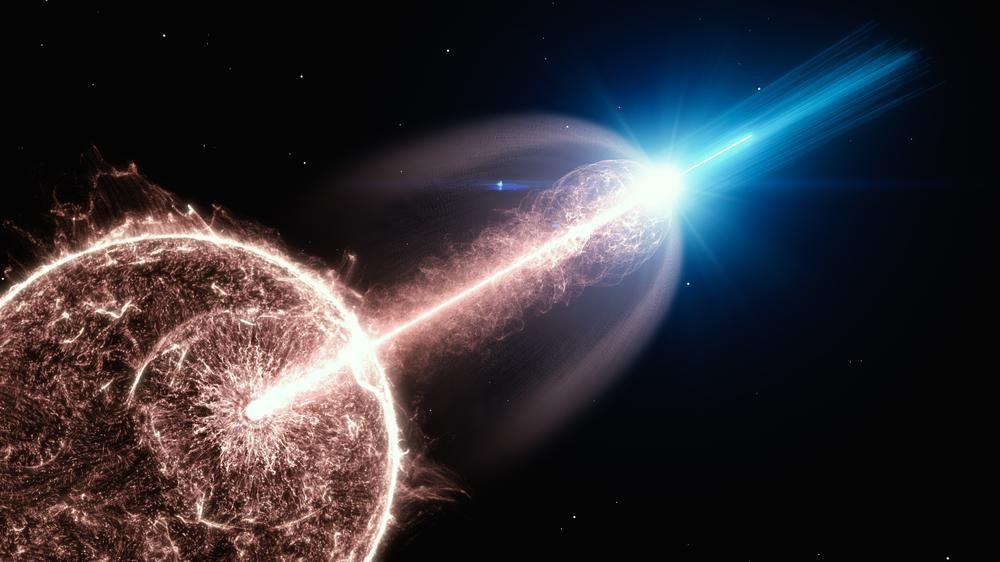A team of astronomers has found a nearby exoplanet similar to Earth that might have an atmosphere.
In recent decades, astronomers have detected thousands of exoplanets (planets around stars other than our sun) in the hope of finding some that may be habitable for lives like those on Earth. However, only a very few of the exoplanets detected so far are Earth-like, and it is difficult to study their atmospheres.




